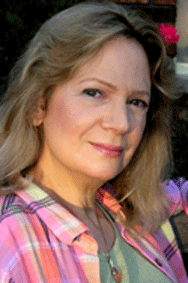More than any other season, autumn is the most emotionally complex, releasing the full spectrum of human sentiments. Some view it as a beginning; the Jewish New Year begins in autumn, as do school years, football and basketball seasons. Some regard it as the season of abundance when the harvest comes in. Yet others sink into melancholy as sunlight hours decrease and the chilling of the air portends the arrival of winter. People refer to their later years as the autumn of their lives. Nature mercifully provides a burst of color in this season, a visual kiss before baring the landscape and chasing us indoors.
Not surprisingly, autumn generously lends itself to literature and is well represented in poetry, novels and short fiction. Browning (both Robert and Emily), Frost, Keats, Sandburg, Shelley and Whitman are some of the notable poets who have woven autumn into their work. To Autumn by Keats (1795-1821) lusciously details the season from beginning to end, creating an allegory for aging and death.
Novels that use autumn to great effect include Fitzgerald’s The Great Gatsby, Lee’s East of Eden, Eco’s The Name of the Rose, Marquez’s The Autumn of the Patriarch and Irving’s spooky The Legend of Sleepy Hollow. Some authors are closely associated with autumn through their writing; they include Poe, Doyle, du Maurier and Stephen King.
Before you know it, you’ll be donning sweaters, raking leaves, enjoying everything to do with apples, spending more time indoors and looking for activities that lift the spirit and warm the soul. What a great time of year to immerse yourself in good books connected to this most interesting of seasons.

